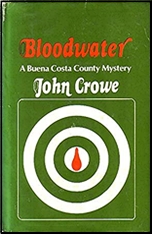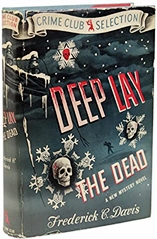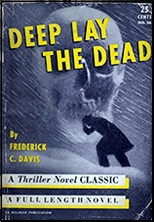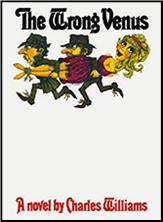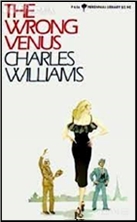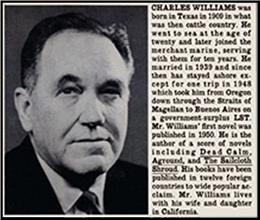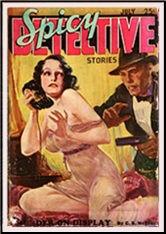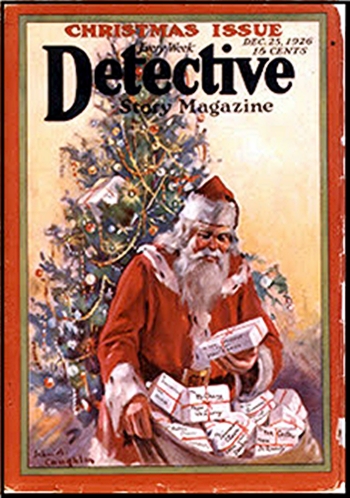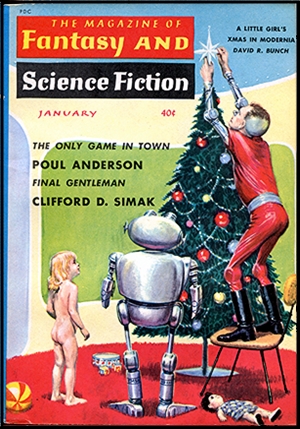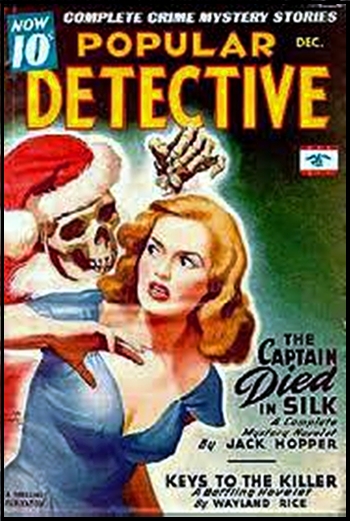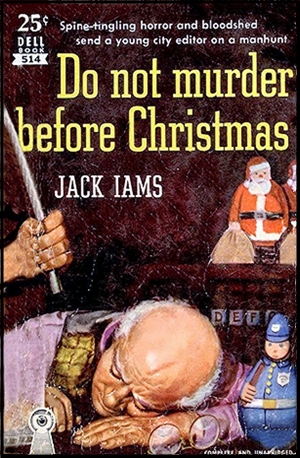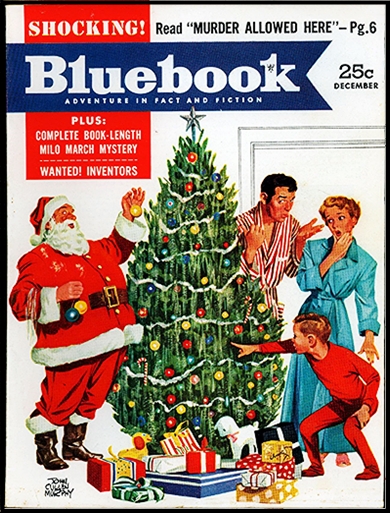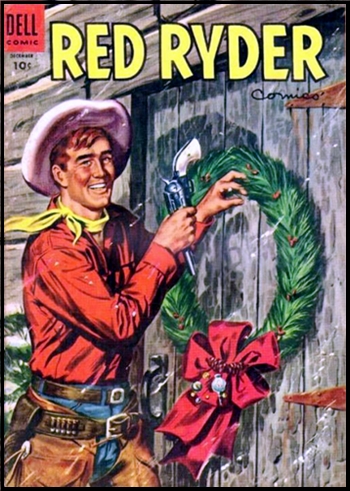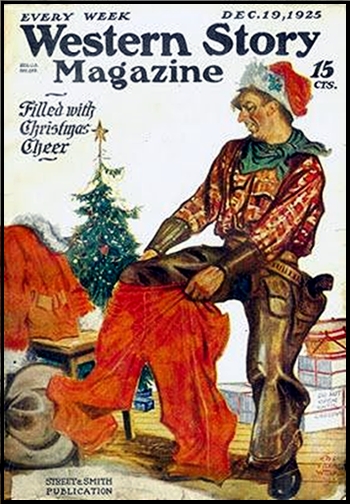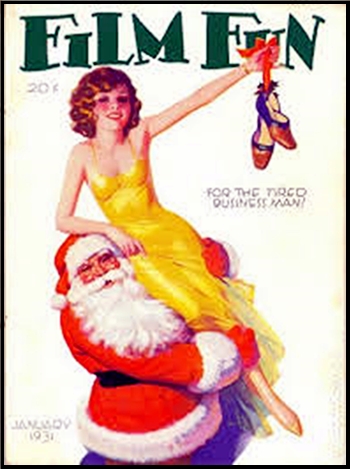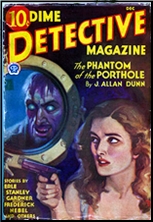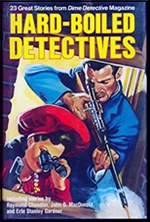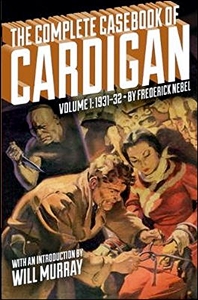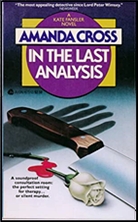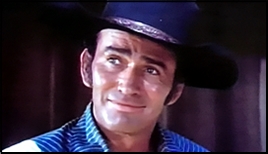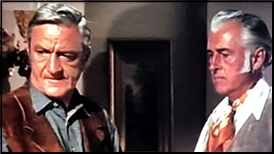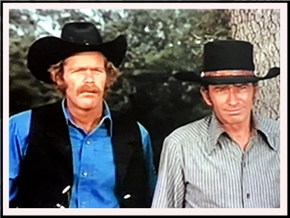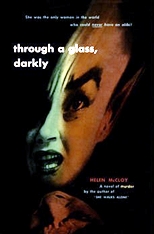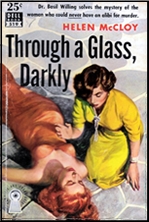REVIEWED BY DAVID FRIEND:
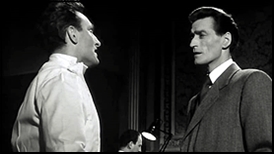
OPERATION DIPLOMAT. Nettlefold Films, UK, 1953. Guy Rolfe, Lisa Daniely, Patricia Dainton, Sydney Tafler, Ballard Berkeley. Story by Francis Durbridge. Director: John Guillermin.
Surgeon Mark Fenton (Guy Rolfe) is leaving St. Matthew’s Hospital in London one evening when an ambulance pulls up and a nurse jumps out. Urgently, she tells him that there is a patient on board who needs his help, yet when he steps inside there is only an armed man (Sydney Tafler).
Fenton is escorted to a secluded house where he is instructed to operate on an unknown male with the assistance of a disgraced doctor named Schröder (Anton Diffring) and a woman (Lisa Daniely) whose dark eyes peek bewitchingly over a surgical mask. The patient is half-conscious at first and mutters deliriously about a “golden valleyâ€. Afterwards, Fenton’s drink is spiked and he later awakes on a park bench.

Determined to forget the incident, he returns to the hospital, where he encounters a woman with the same distinct eyes as the one who worked alongside him the night before. He demands she visit him at his flat that evening – yet she doesn’t turn up. Instead, within minutes of arriving home, he receives two other, separate visitors: Colonel Wyman of the Foreign Office (Eric Berry), who asks about Schröder, and then Schröder himself.
Apparently, the patient was Sir Oliver Peters, the chairman of the United Western Defence Committee, known as “the man who knows all the secretsâ€. A bullet makes things even more alarming, yet Inspector Austin of Scotland Yard (Ballard Berkeley) is suspicious of Fenton and his tale of abduction, death, and disappearing diplomats, forcing the surgeon to mount his own investigation.
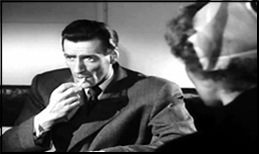
The only clues are “the golden valley†and a brand of cigarettes which repeatedly appear, yet with the aid of colleague Sister Rogers (Patricia Dainton), Fenton follows a treacherous trail to the kidnapped Sir Oliver, all the while wondering just who could be behind such a sinister, international scheme…
One of several British television serials of the 1950s to be remade as a feature, Operation Diplomat was originally penned by Francis Durbridge, the popular and prolific thriller writer best known for the Paul Temple radio series. The character of Mark Fenton had already appeared in another such effort, The Broken Horseshoe, in which Robert Beatty had played the part for cinemas.
Here, the tall, tanned and almost skeletally gaunt Guy Rolfe leads, and he makes for a likeable, though somewhat saturnine, amateur sleuth trying desperately to keep track of events. The audience will sympathise, as the mystery in this one is particularly tangled. A couple of things could have been clarified, but all the information is mostly present (or at least can be intuited).
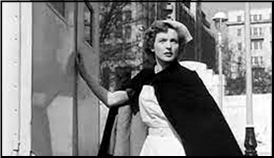
The pace is the selling point, with compelling developments occurring every ten minutes or so, as may be expected from something adapted from a serial – particularly one from Durbridge, whose tried-and-tested tropes appear again in an every-man hero, a cryptic word clue, casual and quite accidental conversations which turn out to be crucial, and a culprit apparently picked at random from an unwieldy stock of suspects.
The seventy minutes not only go by swiftly but the cast make it even better. Berkeley, later to become familiar to British audiences as the muddle-minded Major in John Cleese’s legendary sitcom Fawlty Towers, is on fine avuncular form as the inspector, while the ever-reliable Sydney Tafler is always a pleasure to see, and professional-foreigner Anton Diffring is briefly afforded something other than a sinister bad guy role. Look out, too, for Desmond Llewelyn (Q in the Bond films) as a silent extra at the end.
Despite final dialogue teasing further adventures with the intrepid Mr Fenton, there was to be no other sequel. Durbridge wouldn’t create another recurring character until giving us TV’s Tim Frazer the following decade. A pity, as more fast-paced adventures would have been just what the doctor ordered.
Rating: ****
